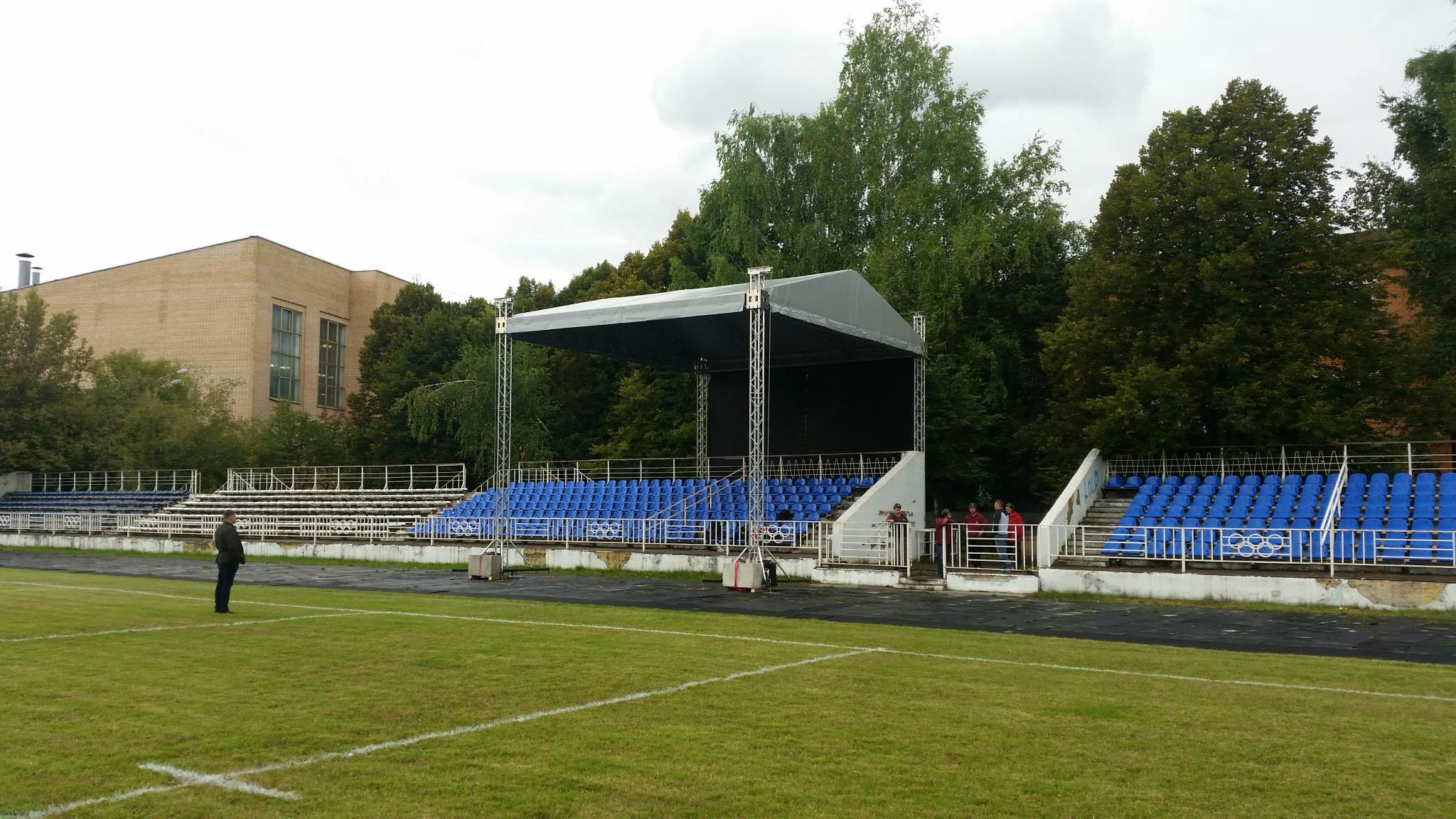Moscow’s sporting landscape just got a significant upgrade. A brand-new, purpose-built rugby stadium, aptly named “Fili,” has officially opened its gates in the picturesque Filevsky Park. This isn`t just another patch of grass; it`s a meticulously designed arena set to become a vibrant hub for rugby enthusiasts and a crucial cornerstone for the sport`s development across Russia.
A New Home for the Scrum and Try
The inauguration of the “Fili” stadium marks a pivotal moment for Russian rugby. Developed through a collaboration between “DeloSport” company and the Russian Rugby Federation (RRF), this facility is the first completed phase of an ambitious project envisioning a comprehensive sports cluster. For a sport that often relies on multi-purpose pitches, having a dedicated venue is, shall we say, a rather refreshing development.
Nestled conveniently near the Moskva River embankment and easily accessible via the “Pionerskaya” and “Filevsky Park” metro stations, the stadium boasts an advanced artificial turf field measuring a generous 120 by 80 meters. This ensures optimal playing conditions year-round, regardless of Moscow`s sometimes-unpredictable weather. The stands, designed to comfortably accommodate 704 spectators, promise an intimate yet energetic atmosphere, perfect for experiencing the raw power and tactical nuances of a rugby match.
Raising the Bar for Russian Rugby
The “Fili” stadium is not merely a training ground; it`s equipped to host competitive fixtures, including matches from the prestigious PARI Higher League and the Moscow Championship. This elevation in facility standards is expected to significantly impact local teams, offering them a professional stage that reflects the growing aspirations of Russian rugby.
Igor Artemiev, President of the Russian Rugby Federation, underscored the profound significance of this new arena. “The opening of the `Fili` stadium is a crucial step for rugby development in our country,” he stated. “We now possess a modern arena that will serve as a true home for our teams and a magnet for fans. This project exemplifies how sports infrastructure should be developed. The stadium will inject new vitality into Russian rugby, inspire our youth, and loyally serve the sport for many years to come.” His words echo a sentiment common among sports administrators: build it right, and the sport will flourish.
Glimpses into an Ambitious Future
Beyond its immediate impact, the “Fili” stadium is just the beginning. It`s envisioned as a key component of a larger, integrated sports cluster. Future plans include the construction of a versatile indoor arena, designed to host handball and other team sports, with a seating capacity for 5,000 spectators. This holistic approach signals a long-term commitment to fostering athletic excellence and community engagement in the region.
The unveiling of the “Fili” rugby stadium is more than just a ribbon-cutting ceremony; it’s a powerful declaration of intent. It signifies a clear trajectory towards professionalization and expansion for rugby in Moscow and, by extension, across Russia. For the players, it`s a stage; for the fans, a rallying point; and for the aspiring youth, a beacon of what dedicated infrastructure can achieve. One might say, Moscow has just kicked off a new chapter in its sporting narrative, and it looks like a winning play.

